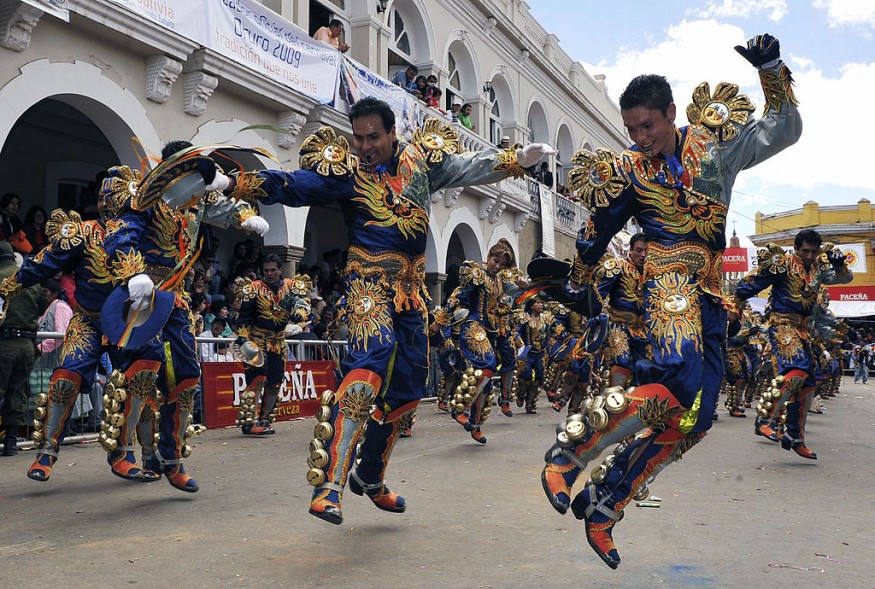Bolivia: 5 Bolivian Dances That Are Simply Spectacular

Bolivia is a nation filled with song and dance. It is a country steeped in native tradition but also takes in a lot of influence from Europe, as well as its neighboring countries. In fact, like most of its Latin American neighbors, one of its most famous traditional dances is the tango. However, we are not talking about that one specific dance.
Bolivia is found in the middle of South America, bordering five of the continent's powerhouses in Brazil, Argentina, Peru, Chile, and Paraguay. It was also under Spanish influence for hundreds of years. Like most countries in the region, it also features a mix of paganism and Catholicism, according to Notes on Slow Travel.
5 Dances That Showcase Bolivia's Rich and Vibrant Dance Culture
Bolivia's musical tradition is known as folklorico. According to Culture Trip, this is highlighted by street parades regularly held throughout Bolivia. We are taking a look at five folk dances that best showcase this musical tradition.
The Caporales
The Caporales is probably one of the most well-known Bolivian dances. Dancers usually wear fancy and flamboyant outfits and heeled boots that hold bells called cascabeles, which symbolize the chains of African slaves.
According to Notes on Slow Travel, the dance itself stems from the Afro-Andean dances in the Yungas region and represents the foremen who were in charge of claves during the colonial era. It is known to be physically challenging, with a lot of jumping in the thin mountain air of the Andes region.
The dance became so popular that it made its way to other countries, such as Argentina, Chile, Perú, Spain, and the United States.
La Morenada
This dance tells a story that, like the Caporales, also stems from colonial-era slavery. The dance is about African slaves working in the silver mines of Potosi. The dance is known for the black-colored masks worn by dancers. They also wear bells on their ankles to symbolize the chains worn by slaves.
While the story it tells is quite dark, the music and the dancing are very upbeat, with colorful costumes and lively and fast movement.
La Diablada
Like the La Morenada, this dance also involves wearing masks. However, La Diablada, or the dance of devils, has a more mysterious origin, as other countries, like Chile, Ecuador, and Peru, also perform this dance. Its choreography shows seven movements, though these movements differ per region. The dance is performed as the main part of the Oruro Carnival, which has gotten UNESCO status in 2001.
Tobas
This dance also features the dancers wearing masks, but Tobas has a more ancient origin, dating back to the ancient Incas before the Spanish arrived. Legend has it that the dance is inspired by the Tobas people, who were spared by the Inca Empire because they were so impressed by their musicians and dancers. The dance is often performed in the Chaco region of Eastern Bolivia and has survived to this day. Men usually wear frightening masks, while women wear brightly colored feathers.
Tinku
A traditional dance in the Potosi region, this is also another dance involving the Spanish colonial era's slave trade. However, this one does not stem from Afro-Bolivians, but indigenous natives enslaved by the Spaniards. It involves play-fighting and circular movements done in a warlike drum beat.
This article is owned by Latin Post.
Written by: Rick Martin
WATCH: Diablada Ferroviaria - Carnaval de Oruro 2020 - MonoMedia
Subscribe to Latin Post!
Sign up for our free newsletter for the Latest coverage!
© 2025 Latin Post. All rights reserved. Do not reproduce without permission.














